Any suburban area will benefit from improving aesthetics. This indicator can be achieved by planting a whole front garden of flowers in front of the house. Rose bushes are best suited for such purposes, but this plant is distinguished by its whimsical care and especially pruning. Even one season without pruning can cause a decrease in the number of flowers, and in the future, wilting of roses. It is important to know and follow all the rules regarding the cultivation of roses in order to get large, beautiful and lush bushes at the beginning of the flowering season.
Spring pruning for beginners
Pruning roses by novice growers is exactly the topic that is worth dwelling on in more detail. It is worth noting that the number of flowers and their splendor depends on the quality of the pruning of roses.
When to prune roses? In spring, roses are most often pruned. After the onset of the vegetative period, because at this time the first shoots are formed and twigs on rose bushes.
For climbing plant species, a pruning procedure is most often suitable, which not only removes all excess shoots, but also forms the shape of the bushes before a full set of green mass. For example, if the branches have gone in the wrong direction, they need to be cut off, but this must be done before the flower enters the active growth phase. The period of early spring is best suited, when the temperature corresponds to the beginning of the growing season, but there is still no green mass. Pruning a clean bush not only simplifies the work, but also eliminates the chance to simply damage the main skeleton of the bush, which takes a long time to heal. In some cases, if the skeleton is damaged, roses may even die.
In addition to the fact that rose bushes require constant pruning in the spring, we must not forget about mulching, fertilizers and other rules for caring for the plant. Particular attention should be paid to drugs that treat flowers from pests... It does not hurt to use a variety of flower beds, designed specifically for the cultivation of climbing roses and, of course, garters that help create a beautiful plant shape.
Rules for pruning roses in spring
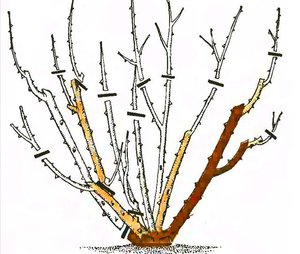 For flower growers who do not have sufficient experience in working with roses, first of all, you need to read and study the theoretical part. There are many sources now, and if you are too lazy to read the literature, you can watch a variety of videos from experts in flower cropping in the spring.
For flower growers who do not have sufficient experience in working with roses, first of all, you need to read and study the theoretical part. There are many sources now, and if you are too lazy to read the literature, you can watch a variety of videos from experts in flower cropping in the spring.
In the theoretical part, it is indicated almost everywhere that flowers can be trimmed only in spring, since roses are fragile plants... If you cut the branches in the fall, then the damage will not have time to heal before the onset of cold weather. At low temperatures, the bushes already lose a lot of strength, and with damage to survive the winter, roses simply have no chance. Early spring is a great time to remove all damaged, old, or dry branches without interference, which only take away strength but are not useful.
First of all, the plant must be carefully examined for various damages, old and dry branches that will no longer be of any use. Even the green mass does not grow on such branches.They are removed entirely, but young shoots and branches that show active growth in spring are cut in a special way. For example, if you want to keep the bush small and neat, cut each main branch to the first or second top bud. If you want to make the bush lush with a lot of buds, then you only need to cut each main branch, including the first upper bud.
The main branches are actually the main parts of the bush, forming green mass and buds, therefore, you must first choose the strongest and most resistant shoots in order to end up with a bush that can survive all unfavorable conditions.
It is worth paying attention to the branches that begin to grow not along the bush, but to the central part. Some growers leave such shoots without attention, and as a result they get an ugly shape, intertwined branches and flattened buds. All branches that grow in the direction of the central part of the bush must be completely removed so that the roses form correctly at the very beginning of the growing season. It will be most productive to choose a form in which there is simply no central part. The bush should resemble a domed structure, where the central part is absent and, thus, good moisture permeability can be achieved during watering or rain.
In size, they usually leave the shape of the bushes, which in height does not exceed 10-30 cm, but in some cases it is possible to form a crown in 1 m. The first option is more suitable for the front of the house, and higher forms are used on the back of the personal plot.
Features of pruning roses in spring
How to prune roses correctly in spring? You can accurately answer this question only by listing all the features that lie behind this method of caring for flowers. First you need to understand that pruning is done, not only to remove unnecessary branches.
Pruning a rose bush causes:
- rejuvenation;
- an increase in the number of buds;
- active flowering;
- more green mass;
- the flowering period increases.
All of these factors can only be achieved if the correct pruning is done, but how exactly to do it. Experienced growers begin this procedure with thinning the bush, and pay attention to the color of the cut. This should be done in cases where diseased branches are removed. Dark spots can be seen on the cut, which clearly indicate a plant disease. As a result, pruning continues until the plant tissues are normal. After all diseased branches have been removed from the bush, they must be burned. Diseases can return if you just throw branches next to the bushes, and it will spread more extensively.
Pruning rose bushes, conditionally possible divided into three groups.
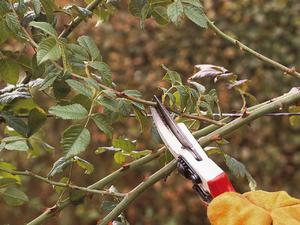 Cutting the bushes short is recommended only in cases where the roses have just begun to develop. That is, in the first year of active plant growth.
Cutting the bushes short is recommended only in cases where the roses have just begun to develop. That is, in the first year of active plant growth.- It is necessary to cut branches to an average height in the second year of active growth of the bushes. In this case, no more than 7 buds per branch are removed. This method contributes to the rapid development and growth of branches, as well as a set of green mass.
- The third form of pruning involves removing part of the branch after the first bud, so that the bushes gain lushness and the number of buds increases during flowering.
All forms are applied in stages, from the moment the flowers are planted in the flower beds. With consistent pruning, there is every guarantee that roses will grow quickly, keep your shape and delight with a large number of buds.
Rules for pruning a climbing rose
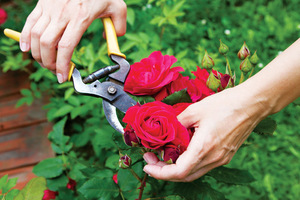 A curly rose must be treated very carefully. It is distinguished by thin branches that intertwine not only with each other, but can crawl onto a fence or other plants. When pruning this variety of roses, first of all, you need to pay attention to the branches that have chosen the wrong direction for growth. They must be removed immediately, because later it will be more difficult to remove them.
A curly rose must be treated very carefully. It is distinguished by thin branches that intertwine not only with each other, but can crawl onto a fence or other plants. When pruning this variety of roses, first of all, you need to pay attention to the branches that have chosen the wrong direction for growth. They must be removed immediately, because later it will be more difficult to remove them.
How to prune roses in spring? For the climbing variety you have to use different pruning rules. Here, you first need to remove parts of the main branches to the upper first bud, but all lateral shoots are cut off almost completely, leaving only 2-3 lower buds.
In the summer, you can remove shoots on which poor-looking buds have grown. Such branches are shortened to the first healthy leaf. The climbing rose grows much faster than other varieties, so the branches quickly return to their previous state.
Conclusion
Roses are best suited for a summer cottage. These are beautiful and lush shrubs that can delight you throughout the summer. Even despite careful care, any grower who does not have sufficient experience can cope with rose bushes. All you have to do is follow all the recommendations and rules... As a result, the result will not be long in coming, and after the first pruning it will be possible to see a significant increase in the number of buds during flowering.
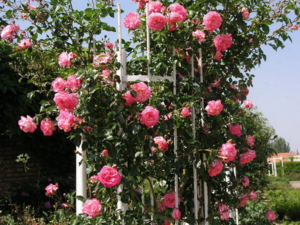
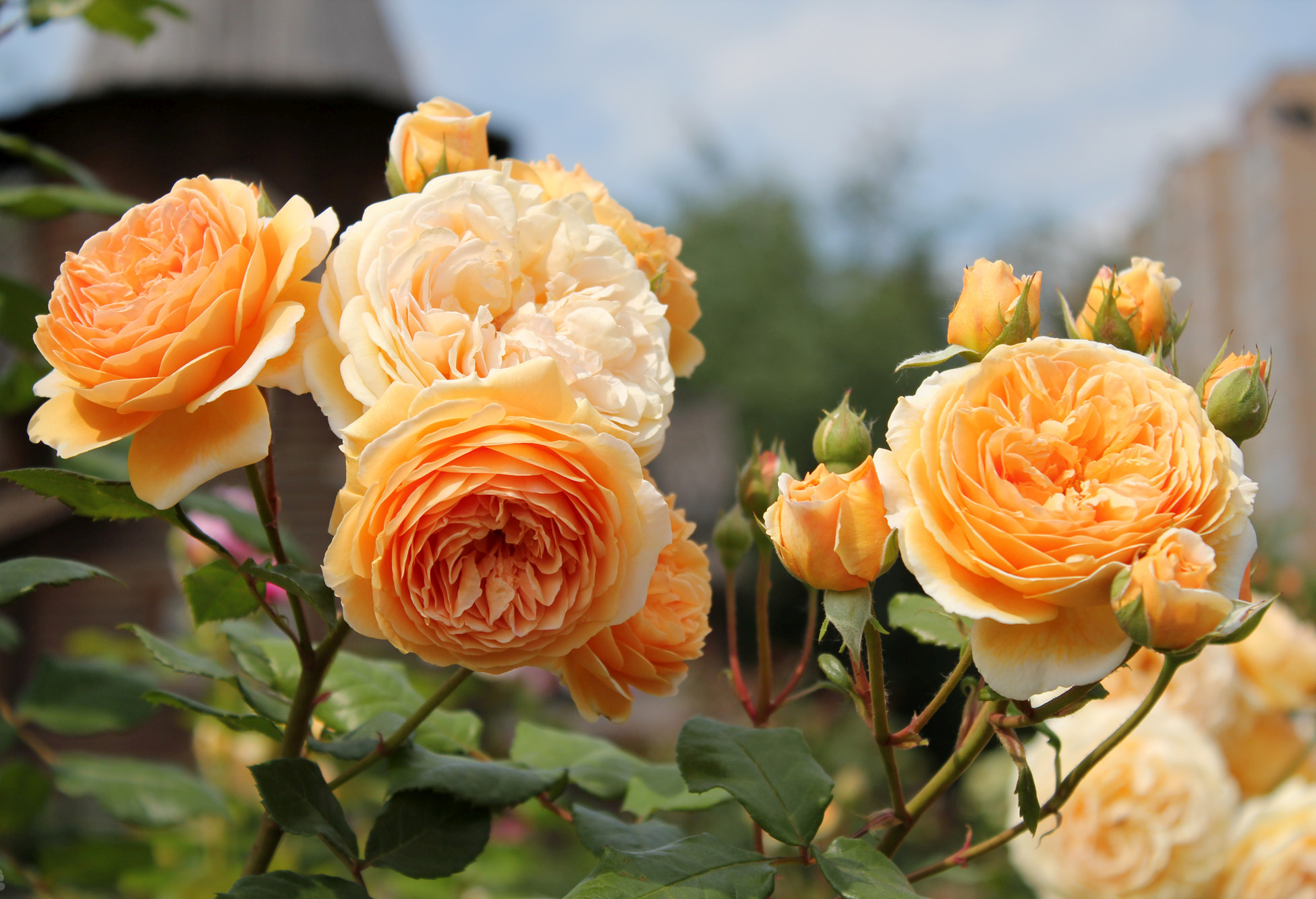

1 comment